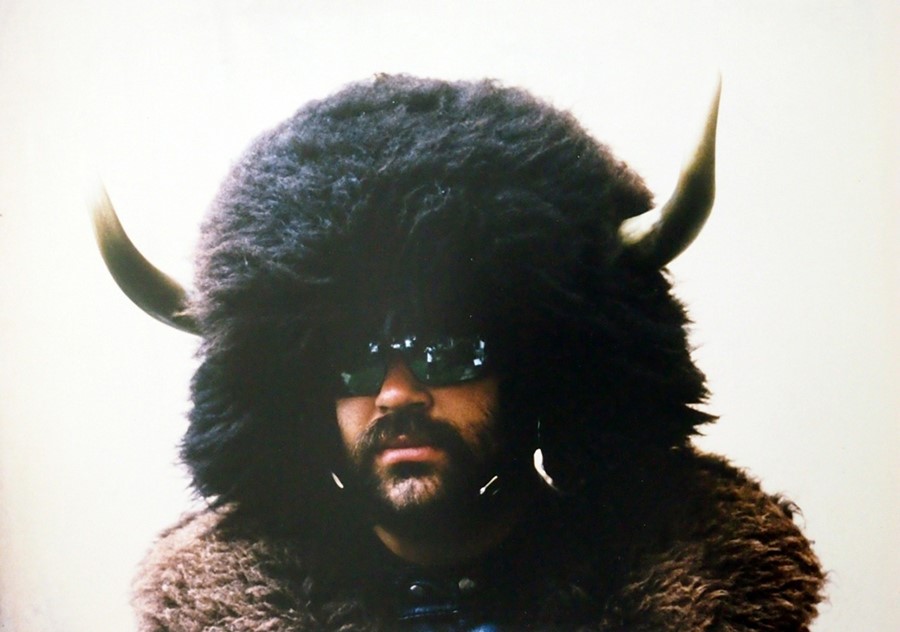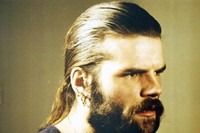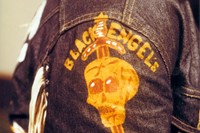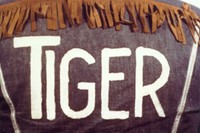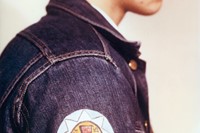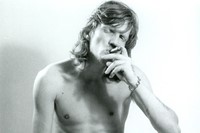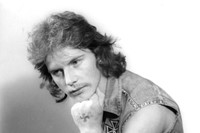As a new exhibition of his work opens in New York, we celebrate the late Swiss photographer, Karlheinz Weinberger – a largely unrecognised pioneer of vernacular photography who shone a unique light on pre-Stonewall, postwar youth culture
Few photographers have captured underground culture and rebel youth like Swiss-born Karlheinz Weinberger, yet few remain so unknown to the general public. Self-taught Weinberger (1921-2006) started taking pictures of disenchanted working-class teenagers in post-war Switzerland. He was fascinated with their otherness and with the unique way in which they expressed their identity through self-branded DIY clothing: their embroidered and patched motorcycle jackets, metal-embellished jeans and armour-like belt buckles emulating American icons Marlon Brando or Elvis Presley became a true obsession for the photographer, who – as decades drifted by – went on to portray the lives of ageing Hell’s Angels and other characters living in the edges of society. The Maccarone Gallery in New York is now celebrating Weinberger and his subjects with a new exhibition. AnOther caught up with Bruce Hackney, US manager of Weinberger estate and co-author of the Weinberger monograph Rebel Youth, to chat about the artist’s life and work.
How did you come to know Karlheinz Weinberger’s work?
The first time I heard about him was in 2003. At the time I was director of the Nicole Klagsbrun gallery in Chelsea, so we organised a solo show for him, the first one he ever had in New York. Unfortunately at the time he was 82 so he didn’t come over to the opening. In 2006, after I left the gallery, I worked with him again, but he died the same year, so I never got the chance to meet him.
"He photographed his subjects in his attic and he always had an honest interaction, a certain intimacy with them"
What strikes you most about his work?
Weinberger was not a professional photographer. He spent most of his adult life working by day in the warehouse department of the Siemens factory. It wasn’t until 2000 that he had the opportunity to present his work for the first time, which he did at the Design Museum in Zurich. At the beginning of his career, during the 50s, he would have all these kids come over to his place and photograph them for a gay underground magazine called Der Kreise. Of course all this was pre-Stonewall. With time, he progressed into documenting the Swiss chapter of the Hell’s Angels. What strikes me most about him though is his work process: it’s funny, I think through his life he shot almost everything in his home. In his building there was an attic that he used as his studio. He photographed his subjects there and he always had an honest interaction, a certain intimacy with them. What is most fascinating for me (as a biased observer) is the way he was able to draw the vulnerable side out of these people who are traditionally perceived as menacing, especially with his nude images.
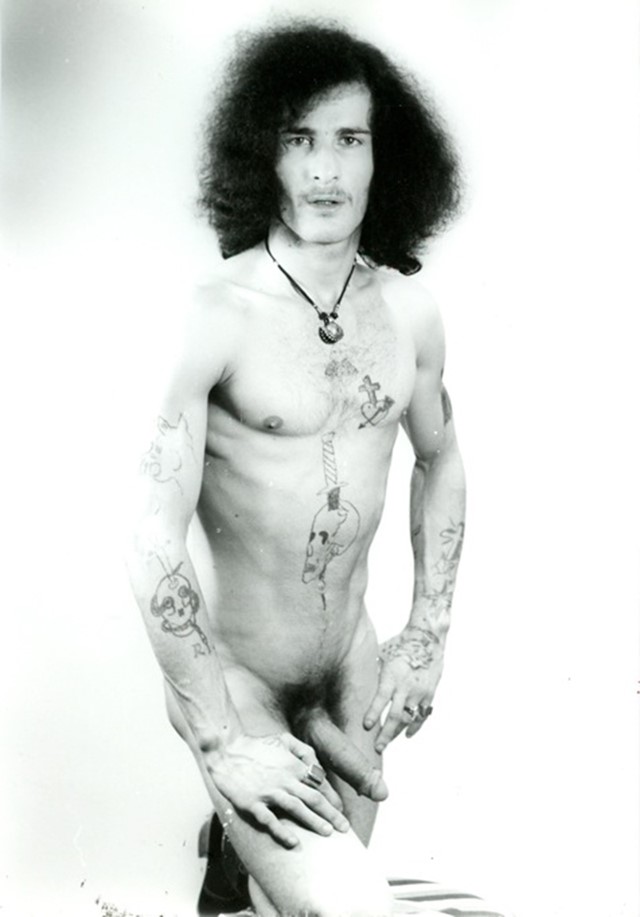
What is the focus of the new exhibition?
The show at Maccarone is all about portraits. It features less of the more known pictures and more of the lesser-known images of rockers and bikers, so there are a lot of the outlandish outfits that have drawn the fashion world to his work in the last few years. There are also portraits of kids who belonged in gangs, including some photos of girls, although this show is mainly masculine-oriented. Of course Weinberger was gay, and rather openly so for the time, which we wanted to stress since the driving force behind the exhibition was his world, and his genius of the male gaze.
Karlheinz Weinberger Portraits, 1959-1987 runs through March 29 at Maccarone.
Text by Marta Represa
